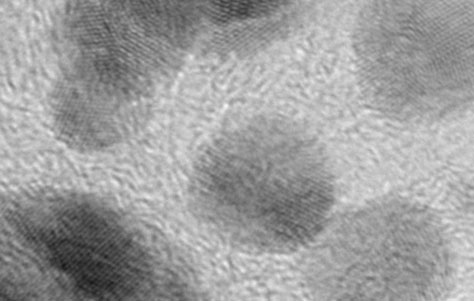A Can-Full of Serious Green: EnSol AS Spray-on Solar Film
Why is it that so much innovative solar power technology comes from Northern Europe? One would think that Arizona, or even Colorado, with their 300+ days of crystal blue Western sunshine annually would lead the charge on stuff like EnSol AS Spray-on Solar Film.
Perhaps necessity really is the mother of invention, and the far Northern climes of Norway (with its avg. sun of .4 hrs/day in December and 6.2 hrs. /day in May) have bred the consuming yen to capture as much of those precious rays as possible. No wonder En Sol (out of Bergen, Norway) took a retrofit approach to solar PVC.
Spray-on Solar Film. Manufactured by EnSol AS.

The product is exactly as it sounds: a spray-on coating that instantaneously renders surfaces into a continuous expanse of photovoltaic cells. And herewith we descend into some serious tech-speak. EnSol talks of “nanocrystal technology,” “20% cell efficiency,” and “spray-on Magnetron techniques,” while the guys over at Gizmag refer to “metal nanoparticles embedded in a transparent composite matrix.”
How is one to make sense of such groundbreaking and complex technology in a scant 300-word missive? Here I’d say that concise summary is the way to go, and it seems EnSol’s exciting new product has somehow miniaturized PVC cells and suspended them in a liquid state that—once airborne—is well on its way to the permanence of solidity.
EnSol can be sprayed on windows without clouding the view—the only side effect is a slight tinting, which could very well be a bonus during Norway’s annual midnight sun. The product is also designed for application on any exterior surface: walls, fences, rooftops… perhaps even your car.

One wiseacre has even suggested that you could coat your car with a color-tinted version of the stuff, thereby getting a new paint job, retro-fitting it to solar, and obviating the need for gasoline to boot. EnSol acknowledges that those kinds of efficiencies are years away, but the product may be available commercially as soon as 2016—onward to the future!
Via Inhabitat.



Leave a Reply